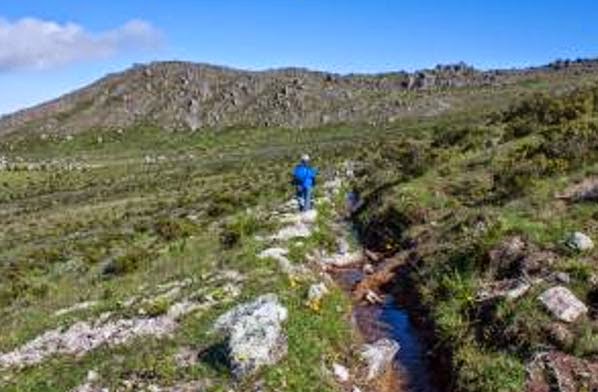Sew La Ti Embroidery:
Peru
Peru: Peru increasing protection of archaeological sites in Trujillo

Peru: Santo Domingo geoglyphs still in danger from agricltural invaders

Natural Heritage: Pre-Inca canals may solve Lima's water crisis

Peru: Ancient mummy found in cardboard box by cleaners in Peru

Peru: 600-year-old geoglyph destroyed in Trujillo
